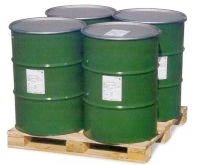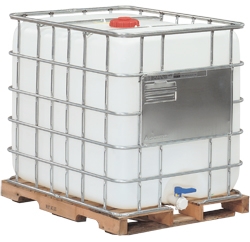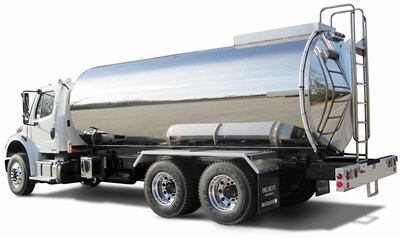the production process of orange juice concentrate
ORANGE JUICE CONCENTRATE PRODUCTION PROCESS
Washing
Food processing plants don't just
rinse the fruits in a little water like you or I would juicing an
orange at home; they need to wash them with detergent and scrubbers
to prevent any contamination. Of course, it goes without saying
that this is only possible with the thick insulating peels of
citrus fruits.
Extraction
In order to concentrate the juice,
they have to get it out of the fruit first. There all sorts of
machines and patents dedicated to maximizing the yield from every
single piece of fruit. Of course in some cases they also have to
de-seed, or preserve the pulp, or both.
Blending
Accounts for seasonal changes in
the appearance and flavour of seasonal fruits. Many if not most
plants will retain and freeze some amount of juice or concentrate
from earlier seasons and mix it with late-season or off-season
juices to get more consistent output.
De-oiling
Yes, citrus peels have oil. From what I understand, removing it involves either a centrifuge or a hermetic separator (also common in dairy products).
De-aeration
Removes oxygen (air), which improves both the total output and the shelf life. Notice how homemade orange juice is often kind of frothy and bubbly but store-bought juice isn't? That's why.
Pasteurization
Is a whole area of study in and of
itself, and needless to say almost every commercial food needs to
be pasteurized before going out the door. This can do all sorts of
interesting things to the flavour and nutrition of the juice - some
good, some bad, depending entirely on the method of
pasteurization.
Debittering
Seems to be done in several
different ways, and understand that this is not sweetening. It
refers to the actual removal of bitter compounds (such as limonin)
via various chemical, physical, and even biological
processes.
Acid Reduction
Requires the pulp to be separated
first and (sometimes) re-incorporated later, so that the pure juice
can be treated to remove some of the citric acid. Again, this is
not the addition of a buffer, it is the removal of the acid
ions.
Cloud stabilization
I can barely even understand
myself, except to say that the opaqueness (or "cloudiness") of
orange juice is due to specific kinds of particles and that the
process of stabilizing them prevents the juice from turning clear
and usually seems to involve pectin (a naturally-occurring gelling
agent found in many fruits). I guess consumers would think they
were getting ripped off if their orange juice was clear.
Evaporators
Do exactly what the name implies,
evaporate water out of the juice, which is where the concentration
actually comes from. Again, industrial evaporators are far more
complex than the basic principle of simply applying heat, and I'm
not going to try to get into that here.
Essence recovery
Deals with the part that's actually
evaporated, which is more than just pure water. Processing plants
have ways to separate at least some of the characteristic orange
aroma from the water vapour and later re-incorporate it back into
the concentrate.
Finally the concentrate has to go through freezing and storage and
you can rest assured that they don't just throw it in a freezer.
The book above makes reference to a "slush freezer" which is
similar in principle to the ones you see at the 7-11 but obviously
much larger.
Every single one of these steps varies from producer to producer,
plant to plant, juice to juice. Sometimes steps can be omitted,
sometimes new ones are added. To know exactly what a particular
company does with a particular concentrate, you'd have to ask them
or visit their plant.
OUR PRODUCTS
AVAILABLE IN

PAILS

DRUMS

IBC

TANKER TRUCKS
CONTACT FORM
